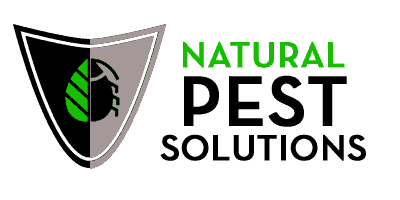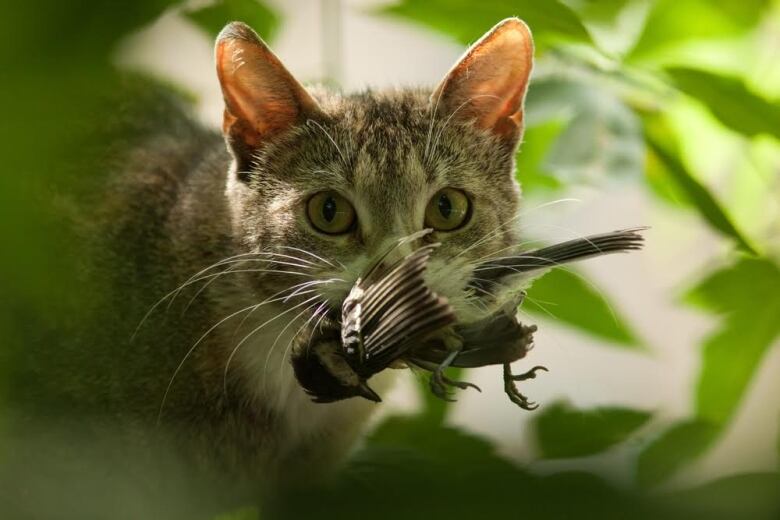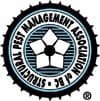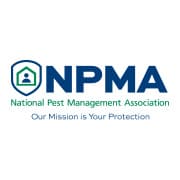The Purrfect Coexistence: Understanding Cats and Pest Control
Pest control is essential in maintaining a healthy and safe living environment. However, when you share your home with cats, you must take extra precautions to ensure their safety during pest control measures. This article explores practical steps to keep your cat safe and secure during pest removal procedures, with a particular emphasis on the role of cat harnesses.
Initial Considerations: Recognizing the Risks of Pesticides to Cats
Most pesticides contain chemicals that can be harmful, or even fatal, to cats. Due to their grooming habits, cats can ingest these chemicals by licking their fur. Symptoms of pesticide poisoning can include vomiting, tremors, seizures, respiratory problems, and in severe cases, death. Therefore, using pet-safe methods or ensuring your cat’s absence during treatment is vital.
The Cat Harness: A Tool for Safety and Control
A cat harness can be an invaluable tool during pest control. If you need to keep your cat contained, yet still wish to allow some freedom of movement, a harness provides a safe solution. It allows you to guide your cat away from treated areas, reducing the risk of contact with harmful substances. The harness should be comfortable, secure, and well-fitted to your cat’s size.
On-the-Move Safety: Outdoor Adventures During Pest Control
During pest control operations, it can be helpful to take your cat outdoors to keep them away from the treated areas. With a cat harness and leash, you can ensure they won’t wander off or come into contact with the pesticides. Whether you’re exploring the backyard, or spending time in a local park, your cat can safely enjoy the outdoors while pest control procedures take place at home.
Chemical-Free Alternatives: Pet-Friendly Pest Control Methods
In recent years, several pet-friendly pest control options have emerged. Natural repellents, ultrasonic devices, and certain beneficial insects can deter pests without posing a threat to your feline friend. It’s important to research these options and discuss them with a pest control professional to understand their effectiveness and applicability to your specific pest problem.
Post-Treatment Safety: Clean-Up and Return Home
After pest control treatment, cleaning up thoroughly is essential to remove any potential residue that could harm your cat. Vacuum carpets, mop hard floors, and wash any bedding or toys that might have been exposed to the treatment. Only when you’re confident that all residue is gone should you reintroduce your cat to the treated areas.
The Role of Veterinary Consultation: Pre and Post Pest Control
Your vet can provide personalized advice based on your cat’s health status and the specific pest control methods used in your home. Before pest control treatment, a check-up can help identify any factors that might make your cat more vulnerable to pesticide exposure. Following treatment, it’s wise to monitor your cat for any signs of illness and seek veterinary care if you have any concerns.
In Conclusion: Balancing Pest Control and Cat Safety
Pest control is necessary to maintain a healthy living environment, but it should not compromise the safety and well-being of our feline friends. By using a cat harness, exploring pet-friendly pest control options, ensuring thorough clean-up post-treatment, and keeping open communication with your vet, you can effectively balance pest management with keeping your cat safe and secure. The health and happiness of your feline friend are worth every precaution.





